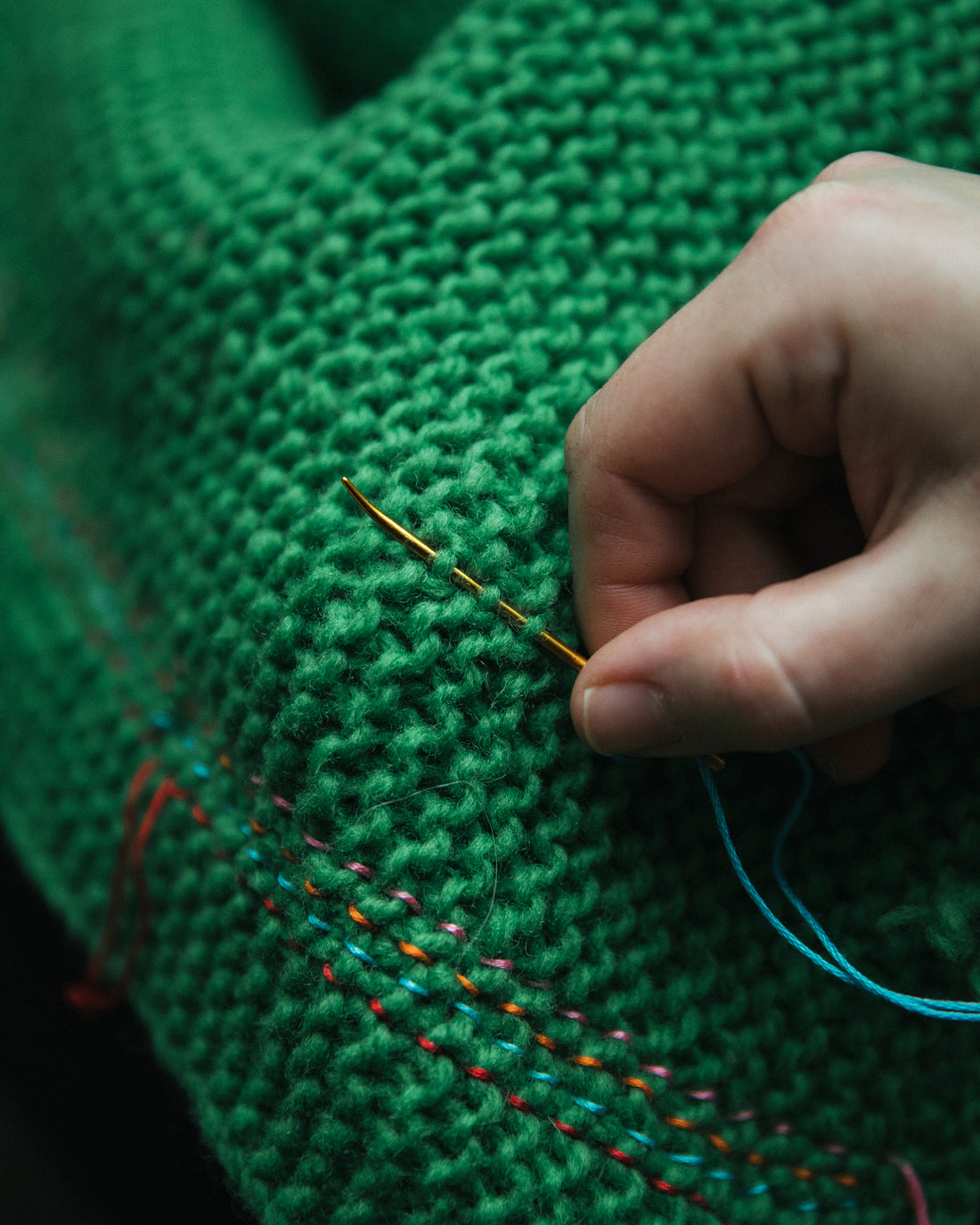Techniques and tutorials for 52 Weeks of Easy Knits
There are hundreds of different techniques used in knitting patterns, whether it’s for casting on, binding off, or everything in between! In our 52 Weeks of Easy Knits book, we give written instructions for the basic techniques used throughout the book. But as most knitters know, watching a video is usually the easiest way to learn – and luckily, the Internet is full of step-by-step video tutorials, created by helpful knitters and crafting companies.
In this blog post, we have gathered links to some useful videos to help you get started. Watch and learn!
Casting on Stitches
Long-Tail Cast-On
This is probably the most widely used cast-on method. When you cast on, make sure that you don’t cast on too tightly.
German Twisted Cast-On
One of our favourite stretchy cast-ons. It is especially suitable for designs with ribbed edges, such as hats and sock cuffs.
Backwards Loop Cast-On
With this method, you can add new stitches to an existing row or round. Use it to create new stitches for the underarm when knitting a top-down sweater, for example.
Knitted Cast-On
Just like the Backwards Loop Cast-On, this method allows you to add new stitches to an existing row or round, so it’s great for underarm cast-ons and more.
Cable Cast-On
This method is a variation of the Knitted Cast-On.
Binding off stitches
Regular Bind-Off
This is the most widely used bind-off method. Be careful to not bind off too tightly: you want to keep the bind-off edge stretchy.
Stretchy Bind-Off
This is an easy method for binding off stitches loosely. A stretchy bind-off is especially suitable for sleeve and sock cuffs.
3-Needle Bind-Off
This method uses three needles for seaming live stitches, for example at the shoulders of a sweater.
Grafting
With this method, you can sew together two pieces that are not bound off yet. This bind-off is worked with a tapestry needle.
Picking up Stitches
Pick up and Knit
This is the most used and best way to pick up stitches. It’s especially good when picking up stitches from neckline curves, for example, as it ensures a neat and sturdy pick-up edge.
Seaming
Mattress Stitch
Mattress Stitch creates a neat, unnoticeable seam. The pieces are sewn together from the right side of the fabric by grabbing a strand of yarn from each edge.
For Stockinette Stitch (and ribbing with knit-stitch edges):
For Garter Stitch:
Backstitch
Backstitches are sewn from the wrong side of the fabric, about one row or stitch from the edge (or a bit further away, if the edges of the fabric aren’t neat/even).
Short Rows
Short rows are rows or rounds that are worked only partly. They allow you to, for example, add extra depth to a certain area of a piece, such as the back neck, and improve fit. There are several ways to work short rows. The most common ones – and the ones you will find in the book – are these two methods:
German Short Rows
Wrap & Turn
Pompoms and Fringes
Sometimes knitted garments – especially hats and scarves – are finished with pompoms or fringes. They are fun and easy to make.
Making a Pompom
Making a Fringe

